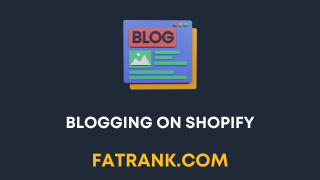
Blogging on Shopify: How To Do It For SEO Traffic
Contents
- Key Takeaways:
- Benefits of Shopify Blogging for E-commerce Businesses
- Importance of SEO for Shopify Blogging
- Running a Blog on Shopify vs. Other Platforms
- Tips for Successful Shopify Blogging
- Five Facts About Blogging on Shopify for SEO Traffic:
- FAQs about Blogging On Shopify: How To Do It For Seo Traffic
- 1. How can Shopify blogging help me drive traffic to my online store?
- 2. Is Shopify blogging important for SEO?
- 3. How can I optimize my Shopify blog for SEO?
- 4. How often should I post on my Shopify blog?
- 5. Should I host my blog on a Shopify subdomain or with WordPress?
- 6. Is Shopify blogging worth the time and effort?
- Other Shopify Guides
Key Takeaways:
- Shopify blogging is an effective and low-cost technique to boost sales for e-commerce businesses.
- Having a blog on any website helps its scoring for SEO, which improves the amount of traffic from Google.
- Ranking at the top of SERPs vastly improves the amount of traffic a website can get.
- Shopify blogging can attract more people to a website and provide helpful content about particular products.
- Visitors to a Shopify blog may not all purchase something or give contact information, but a large percentage of them will.
- Blogging is still important for businesses as a growth tool, but not as much for community engagement.
- The main purpose of a blog is to increase traffic to a website.
- This can be done by ranking blog posts in search engines and increasing the rankings of category pages through internal linking.
- It’s important to understand the intent behind keywords in your market, as some will be informational, some transactional, and some mixed.
- Not all keywords will lead to a sale, but they can still drive traffic to your website and increase brand awareness.
- Shopify offers a guide for optimizing an online store for search engine optimization (SEO).
- SEO has evolved from keyword stuffing and clickbait to matching a visitor’s intent.
- Optimizing for SEO involves understanding how search engines work and implementing that insight into website copy and backend tinkering.
- SEO is important because the majority of traffic and revenue comes from organic search, making it the most valuable marketing channel.
- Paid advertising costs are increasing, making SEO a more sustainable and cost-effective option.
- Running a blog on Shopify is recommended, as it can result in a traffic boost of up to 40% compared to using a subdomain with another blogging CMS.
- If your entire business is based on blogging, using WordPress may be more suitable, but if you’re already on Shopify, it’s best to use the built-in blogging system.
- Write your first 100 blog posts on Shopify’s system and then decide if moving to a subdomain with WordPress is necessary.
- Running a blog on a Shopify store can be worth the time and effort, but it depends on factors such as funding, business model, profit margin, and risk forecast.
- In most cases, running a blog on Shopify can benefit the store in the long term.
- There may be rare cases where using a subdomain with WordPress is more suitable, but it’s not common.
- Blogging on Shopify can help drive traffic to your online store and optimizing blog posts for SEO can attract even more readers.
- Blogging on Shopify allows you to share your brand story and connect with customers on a deeper level, as well as generate traffic to your store and build trust and credibility with your audience.
- To start blogging on Shopify, choose a blog app and create a blog page.
- When writing blog posts, make sure to use keywords and optimize for SEO, as well as include high-quality images and relevant links.
- Other tips for successful blogging on Shopify include creating a content calendar, promoting your blog on social media, and engaging with your audience through comments and feedback.
Benefits of Shopify Blogging for E-commerce Businesses
Want to take your e-commerce business to the next level? In this section, we’ll explore the major benefits of Shopify blogging, specifically how it can help drive organic traffic to your website, improve user experience, and boost brand awareness. With increased organic traffic and better overall engagement, Shopify blogging is a proven way to take your online business to new heights.
Increased Organic Traffic through Blogging
Blogging is a crucial element that can significantly increase organic traffic for e-commerce businesses who want to boost their online presence. With the help of valuable content, e-commerce businesses have the opportunity to attract potential customers and engage with them. Regularly publishing blog posts is an effective way to improve search engine rankings and drive more traffic to their website. By sharing content on social media platforms and other sites, businesses can further increase brand awareness.
Optimizing blog posts with relevant keywords and SEO practices is essential for ranking high in search engine results pages and attracting organic traffic. Keywords with commercial intent enable businesses to target audiences interested in purchasing their products or services. Shopify’s guide for SEO optimization provides valuable information for keyword research, meta descriptions, and title tags.
Compared to other platforms, Shopify offers many benefits that can help improve organic traffic. Shopify’s built-in blogging feature enhances user experience by allowing customers to stay within the same platform while engaging with content. Additionally, Shopify offers various plugins, templates, and apps for customization without compromising indexing or navigational structure.
To achieve successful blogging on Shopify, creating a blog page and selecting an appropriate app plugin are crucial. Businesses should promote their blog posts on social media platforms by using well-chosen hashtags and leveraging visuals as part of their marketing strategy. Engaging with the audience through comments and feedback is also essential for gaining insights into customer preferences and promoting customer loyalty.
In conclusion, Shopify blogging is an effective way to enhance user experience and brand awareness, keep customers hooked, and drive more organic traffic to websites.
Improved User Experience and Brand Awareness
Blogging on Shopify is an excellent way to enhance both user experience and brand awareness. When businesses provide high-quality, informative content on their blogs, they can engage with their customers and create a valuable connection. Regular blog posts allow businesses to showcase their expertise and share industry insights, positioning them as thought leaders within their field.
Shopify’s platform enables businesses to communicate with their customers and interact with them in real-time, fostering trust and loyalty towards the brand. The user-friendly interface allows businesses to customize their blogs to meet their preferences and style, ensuring they reflect the brand’s identity and values.
One of the unique benefits of Shopify blogging is its seamless integration with e-commerce stores. This integration helps businesses engage potential buyers by providing relevant and valuable content throughout their buying journey. As a result, Shopify blogging can create a holistic shopping experience, selling products while educating the audience about the brand’s values.
In summary, Shopify blogging is an effective tool that businesses can use to improve user experience, increase brand awareness, and build trust among customers. By offering valuable insights and engaging storytelling techniques, businesses can nurture loyalty towards the brand and position themselves as leaders within their industry.
Importance of SEO for Shopify Blogging
Did you know that optimizing your Shopify blog for search engines is crucial for its success? In this section, we will explain the importance of SEO traffic for your Shopify blog. It is essential to understand the intent behind keywords, and with Shopify’s guide for SEO optimization, you can achieve your website traffic goals. These strategies can attract a larger audience, increasing your blog’s success and ultimately boosting your Shopify store’s success.
Understanding the Intent behind Keywords
When creating content for a Shopify blog, it is crucial to keep in mind the importance of understanding the intent behind keywords. By carefully considering why someone might be searching for a particular keyword and what they hope to gain from it, you can create content that meets the needs of your audience. Doing so can result in increased engagement and better search engine rankings.
To gain a better understanding of keyword intent, it is crucial to conduct thorough research utilizing tools like Google Keyword Planner or SEMrush. These resources can help you identify which terms people are searching for, related to your business, and how competitive they are. Once you have identified the relevant keywords, it is essential to incorporate them seamlessly into your blog content. By doing so, you can add value for your readers without sacrificing the quality of your writing.
To further enhance your blog content on Shopify, it is equally important to keep in mind the user experience. Providing informative, well-written, and engaging articles can create a level of trust with your audience and promote repeat visits to your website.
Shopify’s Guide for SEO Optimization
When it comes to blogging on Shopify, optimizing your content for search engines is crucial to improving visibility and increasing traffic. Luckily, the platform offers a variety of methods and techniques for improving your rankings and overall performance.
To get started, it’s important to understand the intent behind the keywords you want to target. By focusing on user queries and creating content that matches their intent, you can greatly improve the effectiveness of your SEO efforts.
Title tags are also an important element of SEO optimization. To make the most of them, include your target keyword(s) and keep the title under 60-70 characters. Descriptive meta descriptions can also improve your rankings by providing a brief summary of your blog post while including relevant keywords.
Using heading tags strategically can also make a big difference. Use the H1 tag for the main heading of your post, followed by H2, H3, and other subheadings as needed. And don’t forget to optimize your images by including keyword(s) in the filenames, alt text, and captions.
Finally, improving your site’s loading speed is a critical factor in SEO optimization. To do this, you can remove unnecessary plugins, optimize your images, and use caching techniques.
In addition to these guidelines, Shopify also recommends including internal links to other pages on your website, as well as external links to authoritative sources. This helps build trust with both users and search engines.
When choosing an e-commerce platform for your blog, it’s important to consider factors like design flexibility, ease of use, and cost. Shopify is a great option to consider, but be sure to choose the platform that best fits your business needs.
To successfully implement SEO optimization on your Shopify blog, it’s important to use relevant keywords consistently throughout each post. High-quality images and calls-to-action can also improve user experience, and a content calendar can help you stay consistent with your publishing. Social media promotion can help raise awareness among potential customers, and engaging with audience feedback in comments can build trust and show concern for user needs.
By following these guidelines and putting in the work, you can greatly improve the visibility and effectiveness of your Shopify blog.
Running a Blog on Shopify vs. Other Platforms
Wondering whether to use a Shopify blog or switch to another platform? This section takes a closer look at running a blog on Shopify vs. other platforms. While Shopify does offer a blogging feature, it is not as robust as other platforms and may not meet all your needs. Factors to consider when choosing a blogging platform include the level of customization you require, the size of your business, and the type of content you will be publishing. It’s important to research and compare different platforms before making a decision.
Traffic Boost from Shopify Blogging
Blogging on Shopify can be a game-changer for any e-commerce business aiming to increase website traffic and enhance search engine visibility. Consistently publishing informative and engaging blog posts can draw more visitors to a website, leading to better engagement, heightened brand awareness, and higher conversion rates.
To generate a traffic boost from Shopify blogging, it is crucial to optimize posts for search engine optimization (SEO) by comprehending the intent behind keywords. The Shopify platform’s SEO optimization guide can offer valuable insights for effective SEO practices, which businesses can use to their advantage. Incorporating pertinent keywords in blog titles and content, as well as meta descriptions and alt tags for images, can elevate a business’s chance of appearing at the top of Google search results pages.
When deciding whether to utilize Shopify for blogging or another platform, it’s essential to weigh the pros and cons carefully. While Shopify offers some unique features advantageous for e-commerce businesses, such as built-in social sharing buttons and the ability to add associated products to blog posts, other platforms may offer more design and customization options to fit specific business needs.
To optimize their Shopify blogs, businesses should consider creating a designated blog page and selecting an appropriate app or theme for displaying posts. They should also use keywords strategically, including high-quality images and appropriate links, pre-plan content with a calendar, promote the blog on social media channels, and engage with readers in the comments section. By following these best practices, e-commerce businesses can increase traffic from their Shopify blogs while strengthening customer relationships.
Factors to Consider Before Deciding on Platform
When it comes to selecting a blogging platform for your ecommerce business, it’s important to keep a few key factors in mind. First and foremost, you should determine what level of customization and control over your blog’s design and functionality you require. Additionally, it’s crucial to assess the integration capabilities of the platform with your ecommerce website, as well as the cost involved in using it, including any recurring fees or hidden charges. It’s also important to consider the user base of the platform and whether it aligns with your target audience or niche market. Finally, take a close look at the SEO capabilities of the platform to make sure your content can rank well on search engine result pages.
It’s worth noting that there may be trade-offs involved when choosing a suitable blogging platform for your ecommerce business, such as balancing ease-of-use against customization options. One platform that offers an integrated blog function without extra costs is Shopify. According to Shopify’s guide to SEO optimization for blogging, consistently creating high-quality content with relevant keywords can drive traffic to both your blog and ecommerce store.
If you’re looking to boost the success of your Shopify blog, try incorporating these expert tips and unleash your inner writer.
Tips for Successful Shopify Blogging
Looking to drive more traffic to your Shopify store? One effective strategy is to create a blog that engages and informs your target audience. In this section, we’ll explore tips for successful Shopify blogging, including creating a blog page and choosing a blog app, optimizing posts for SEO with keywords and high-quality images, creating a content calendar, and building engagement with your audience through comments and feedback. These tips are commonly recommended by Shopify experts and can help increase your online visibility.
Creating a Blog Page and Choosing a Blog App
Creating a blog page and choosing a suitable app is crucial for e-commerce businesses that are looking to boost their website traffic and improve brand awareness. Shopify provides an array of user-friendly features that cater to the needs of bloggers, allowing them to create engaging content and generate more traffic.
To create a blog page on Shopify, follow these steps:
| Step 1: | Navigate to the ‘Online Store’ section in the admin panel. |
|---|---|
| Step 2: | Click on ‘Blog Posts’. |
| Step 3: | Select ‘Manage Blogs’. |
| Step 4: | Create a new blog page by clicking on the ‘Add blog’ button. |
| Step 5: | Choose a name for your blog, select the theme, and customize it according to your brand image. |
| Step 6: | Start writing high-quality content. |
It is important to note that different blogging apps offer various integrations and functionalities depending on the business’s objectives. Therefore, before choosing an app, businesses should consider factors such as budget, design options, SEO optimization tools, social media sharing abilities, and mobile responsiveness.
In summary, creating a blog page using Shopify is simple and straightforward with its built-in blogging platform. By choosing an appropriate app based on your business requirements, you could personalize your blog page while making sure it has SEO-friendly features.
Using Keywords and Optimizing Posts for SEO
Using keywords and optimizing blog posts for search engine optimization (SEO) is vital for the success of any e-commerce business. Targeted keywords in titles, meta descriptions, headings, image alt tags, and throughout the post help search engines understand what a page is about. Long-tail keywords provide an opportunity for specific searches that attract visitors more likely to convert into customers.
However, keyword stuffing should be avoided at all costs. Overusing keywords could result in search engines flagging the content as spammy and potentially hurting the website’s ranking in search results. Synonyms, varied phrasing, and related phrases to the primary keyword promote natural language diversity for overall SEO.
Beyond SEO, engaging, informative, original, and visually appealing content is necessary for an e-commerce business’s success. Unique product descriptions with high-quality images or videos of products attract users’ attention, build trust between them and your brand, and enhance click-through rates to your blog or product pages. Research-based media purchase model tooling services like SEMRush or Google AdWords Keyword Planner can assist in using relevant target keywords for positive effects on your Shopify blogging platform and driving traffic.
Staying up-to-date with Google algorithm changes is also important. Incorporating stunning images and relevant links can improve your Shopify blog’s visual appeal and user engagement. By strategically selecting and placing relevant keywords in the content, businesses can increase their visibility on search engines and attract more traffic to their Shopify website, improving their user experience and satisfying users’ queries.
Including High-Quality Images and Relevant Links
When it comes to creating successful blog posts on e-commerce platforms like Shopify, including high-quality images and relevant links is essential for engaging readers and improving search engine optimization (SEO). High-quality images serve as a great way to break up long blocks of text while also adding visual interest to the blog. It’s important to ensure that images are properly sized, optimized for web, and are relevant to the content of the post.
Additionally, providing relevant links within a post can help to provide additional context to the reader and improve SEO by demonstrating that the content is well-researched and includes external sources. When including links, it’s important to make sure that they lead to authoritative sites with high domain authority and relevant content, and to avoid inserting them in a spammy or irrelevant manner.
It’s also important to note that low-quality or generic stock photos should be avoided as they can detract from the authenticity of the brand. Instead, custom images that reflect the branding of the e-commerce business are more effective.
By incorporating visually appealing images and relevant links in blog posts, businesses can keep their readers engaged while promoting their brand’s image and improving their visibility on search engines.
Creating a Content Calendar and Promoting Blog on Social Media
Blogging on Shopify can offer numerous benefits to e-commerce businesses, especially when it comes to creating a content calendar and promoting blogs on social media. These simple yet essential steps can help increase brand awareness and organic traffic, resulting in more potential customers.
To begin with, it’s crucial to identify key topics that are relevant to your target audience and plan your content calendar accordingly. This way, you can ensure consistency in posting and offer valuable information to your readers. Creating high-quality content that is optimized for SEO is also crucial to reaching a wider audience and increasing blog visibility.
Once you have created your blog posts, it’s time to promote them on social media platforms like Facebook, Instagram, Twitter, or LinkedIn. This can help you reach a wider audience and get more organic traffic towards your website.
Consistency is key when creating a content calendar, so it’s important to set realistic goals for posting frequency. Also, through engaging and shareable content, you can encourage user engagement and further increase blog visibility on social media platforms.
Finally, leveraging influencer marketing by reaching out to influential bloggers in your industry or niche can also attract new visitors who could become potential customers. By consistently following these steps and producing quality original content, e-commerce businesses can build relationships with their target audience and drive traffic towards their website through various online channels.
Engaging with Audience through Comments and Feedback
When it comes to Shopify blogging, engaging with your audience through feedback and comments is crucial for e-commerce businesses. This allows businesses to not only acquire feedback and comments but also enhances their website’s user experience. Feedback received from the audience helps businesses in producing better content in the future, while responding to comments helps businesses establish a personal connection with their audience. This type of conversation demonstrates goodwill, attentive customer service, and develops trust between customers and business owners. Additionally, gaining a better understanding of customer preferences through feedback can be a valuable tool for any business.
To effectively engage with your audience through comments and feedback, Shopify bloggers must be responsive and know how to respond properly. Timely response reduces any negative sentiment from the customer or visitor, which can ultimately impact retention rates by 5%. Using an informal tone while responding can promote amicable communication between you and your audience. Incorporating small personalized touches such as emojis or signed-off initials can create a positive and welcoming atmosphere on your pages. It’s essential for business owners to utilize this aspect of Shopify blogging carefully as it facilitates long-term relationships with customers.
Five Facts About Blogging on Shopify for SEO Traffic:
- ✅ Blogging on Shopify can boost traffic to an e-commerce website by up to 40%. (Source: Logeix.com)
- ✅ Blogging on any website can improve its SEO scoring and attract more traffic from Google. (Source: Neal Schaffer)
- ✅ SEO is the most valuable marketing channel for e-commerce businesses, with the majority of traffic and revenue coming from organic search. (Source: Shopify)
- ✅ Optimizing blog posts for SEO involves understanding the intent behind keywords, as they can be informational, transactional, or mixed. (Source: Logeix.com)
- ✅ Successful blogging on Shopify involves optimizing blog posts for SEO to attract readers, and creating a content calendar and promoting on social media to engage with the audience. (Source: GoldenWeb.net)
FAQs about Blogging On Shopify: How To Do It For Seo Traffic
1. How can Shopify blogging help me drive traffic to my online store?
Shopify blogging is an effective and low-cost technique to boost sales for e-commerce businesses. Having a blog on any website helps its scoring for SEO, which improves the amount of traffic from Google. Ranking at the top of SERPs vastly improves the amount of traffic a website can get. Shopify blogging can attract more people to a website and provide helpful content about particular products. Visitors to a Shopify blog may not all purchase something or give contact information, but a large percentage of them will.
2. Is Shopify blogging important for SEO?
Yes, Shopify blogging is important for SEO. Shopify offers a guide for optimizing an online store for SEO. SEO has evolved from keyword stuffing and clickbait to matching a visitor’s intent. Optimizing for SEO involves understanding how search engines work and implementing that insight into website copy and backend tinkering. SEO is important because the majority of traffic and revenue comes from organic search, making it the most valuable marketing channel. Paid advertising costs are increasing, making SEO a more sustainable and cost-effective option. Ranking first in search engines can increase daily traffic by up to 30%.
3. How can I optimize my Shopify blog for SEO?
To optimize your Shopify blog for SEO, you should start by understanding the intent behind keywords in your market, as some will be informational, some transactional, and some mixed. Then, you can use those keywords strategically in your blog posts, category pages, and internal linking. It’s also important to make your blog posts informative and engaging for the middle funnel audience. Other tips for successful blogging on Shopify include creating a content calendar, promoting your blog on social media, and engaging with your audience through comments and feedback.
4. How often should I post on my Shopify blog?
The frequency of your blog posts depends on factors such as funding, business model, profit margin, and risk forecast. In most cases, running a blog on Shopify can benefit the store in the long term. Posting regularly such as once a week or twice a month can be a good starting point. However, you should focus on quality over quantity and make sure your blog content adds value to your readers and your business.
5. Should I host my blog on a Shopify subdomain or with WordPress?
If your entire business is based on blogging, using WordPress may be more suitable, but if you’re already on Shopify, it’s best to use the built-in blogging system. Running a blog on Shopify is recommended, as it can result in a traffic boost of up to 40% compared to using a subdomain with another blogging CMS. Write your first 100 blog posts on Shopify’s system and then decide if moving to a subdomain with WordPress is necessary. In most cases, running a blog on Shopify can benefit the store in the long term. There may be rare cases where using a subdomain with WordPress is more suitable, but it’s not common.
6. Is Shopify blogging worth the time and effort?
Yes, running a blog on Shopify is worth the time and effort if done strategically and purposefully. By focusing on quality content, proper SEO optimization, and audience engagement, you can increase your website’s traffic, authority, and credibility. Additionally, blogging on Shopify can help drive traffic to your online store. Blogging on Shopify allows you to share your brand story and connect with customers on a deeper level, as well as generate traffic to your store and build trust and credibility with your audience.
Other Shopify Guides
Check out our A-Z Shopify SEO Guides:
- A Guide To Robots.txt on Shopify

- Best SEO Apps for Shopify
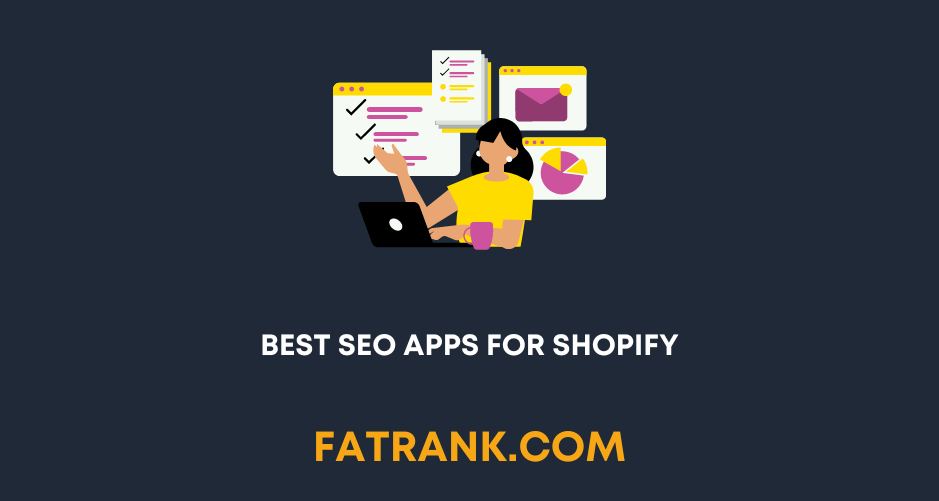
- Best Shopify Themes for SEO

- Blogging on Shopify: How To Do It For SEO Traffic

- Can you change the Shopify URL Structure?
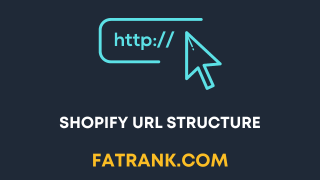
- Common Shopify SEO Issues
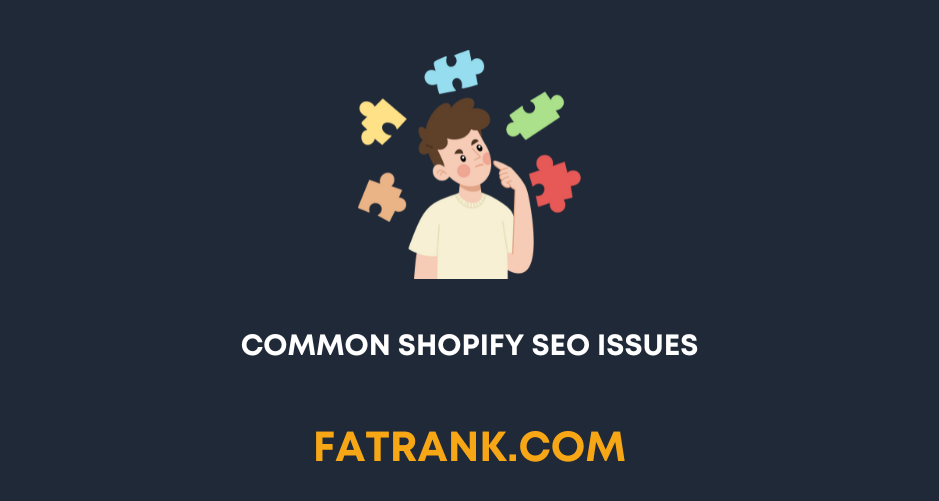
- Does Changing the Shopify Store Name Affect SEO
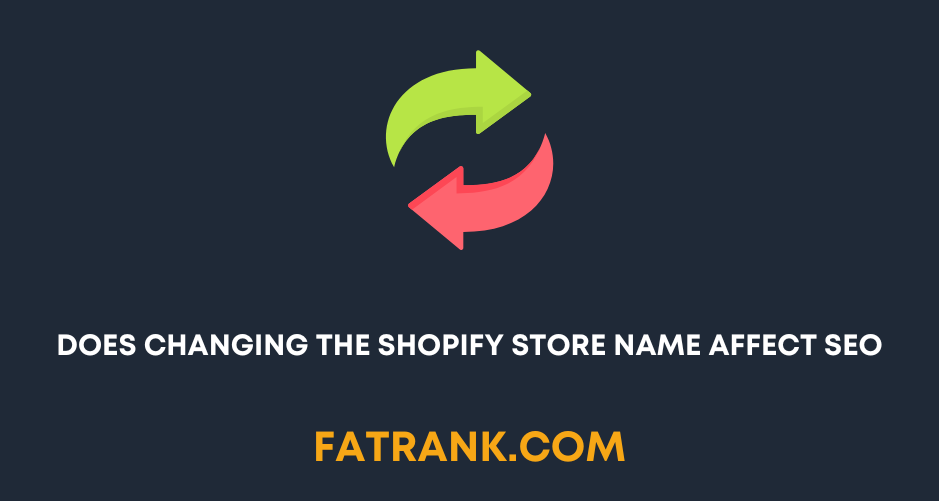
- Guide On Using Metafields In Shopify

- How Much Does Shopify SEO Cost

- How To Add Content To Shopify Collection Pages

- How To Add Keywords To Your Shopify Store For SEO
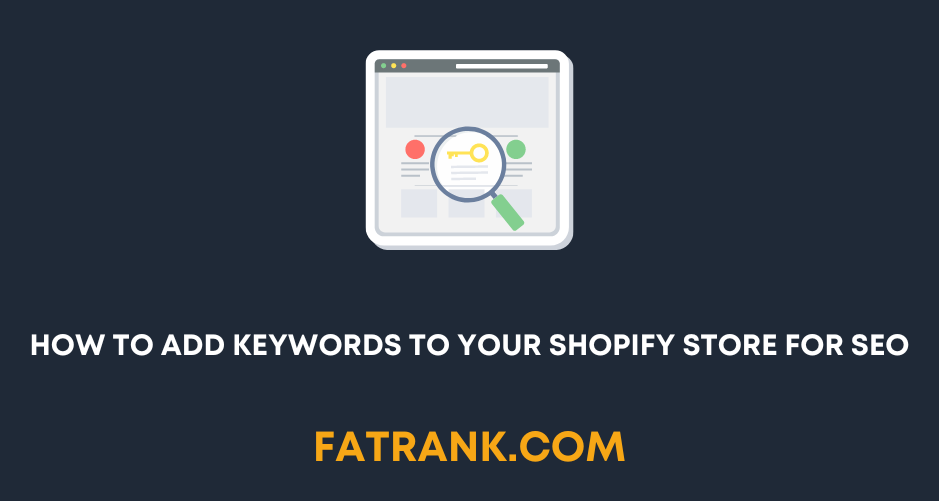
- How To Remove Duplicate Titles From Shopify Store
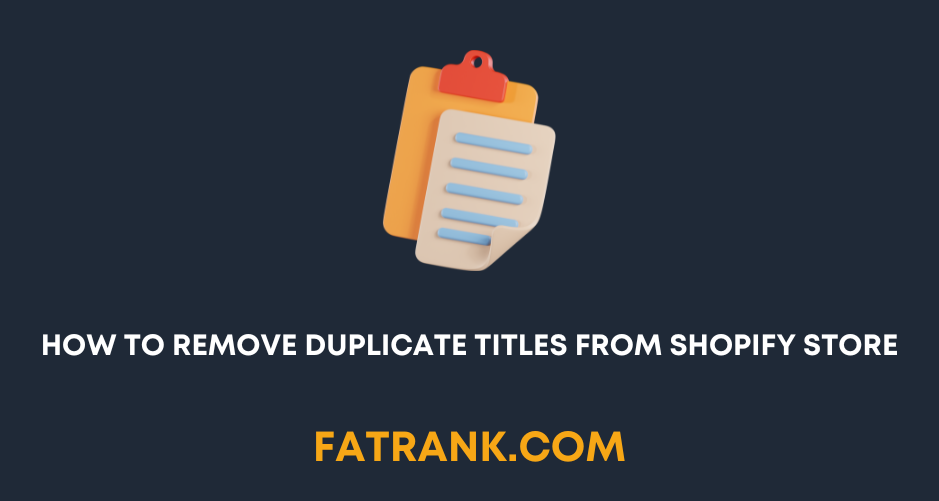
- How to Set up Multiple Shopify Stores Under One Domain

- Improving Search in Shopify Plus
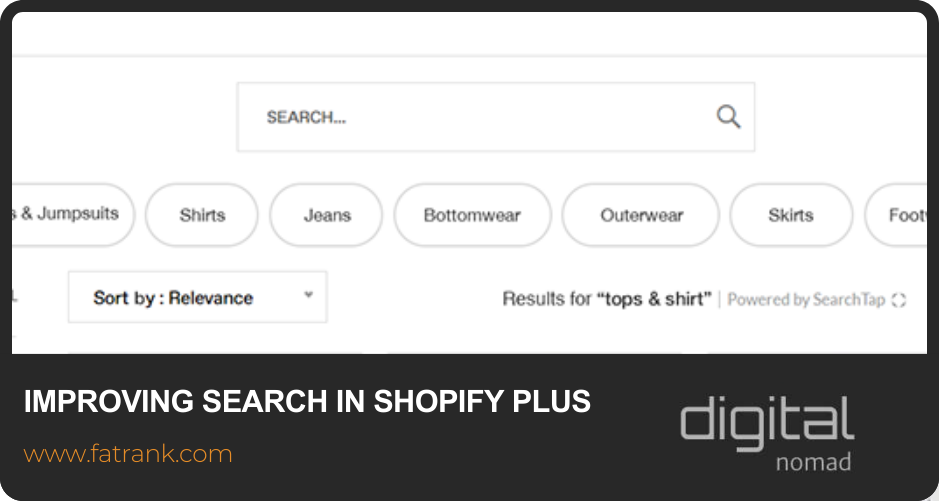
- Is Shopify bad for SEO? A Detailed Review
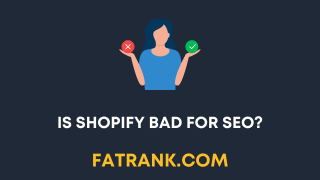
- Keyword Research for Shopify Stores

- Link Building for Shopify: Full Tutorial
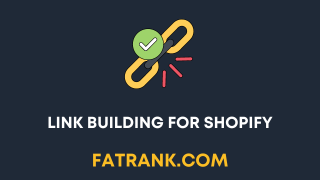
- Shopify Breadcrumbs SEO Issues

- Shopify Collection Page SEO: The Definitive Guide
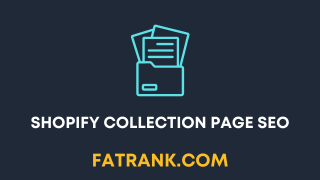
- Shopify Image Optimization: Speed & SEO Guide
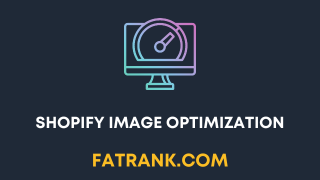
- Shopify International: Multi-Currency & Multilingual Setup
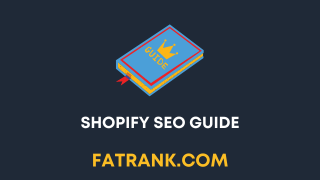
- Shopify On Page SEO Tutorial
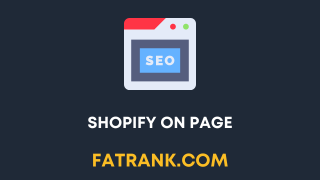
- Shopify Plus SEO

- Shopify Plus SEO: Potential Limitations

- Shopify Product Tags SEO: Why It's Bad & How To Fix It
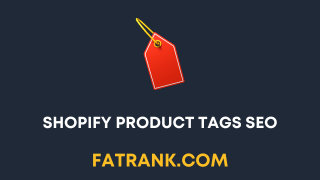
- Shopify Rich Snippets Tutorial: No App Needed

- Shopify SEO Agency
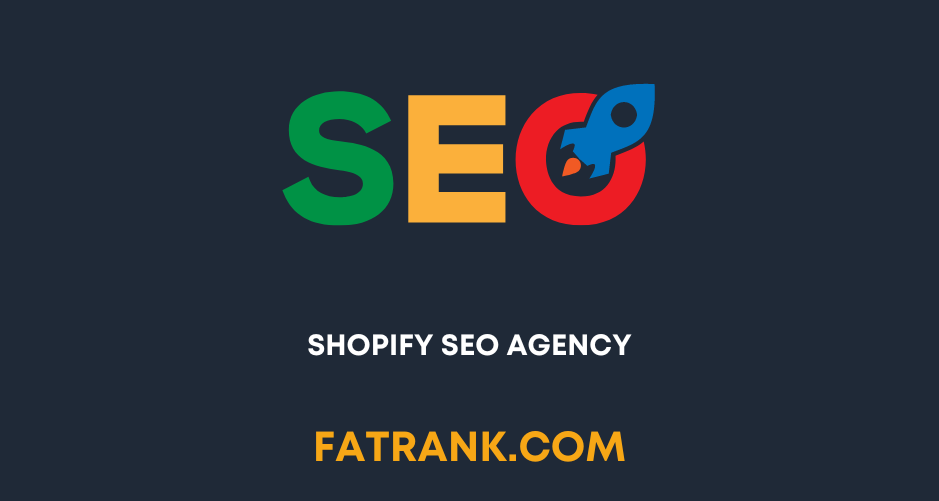
- Shopify SEO Case Study
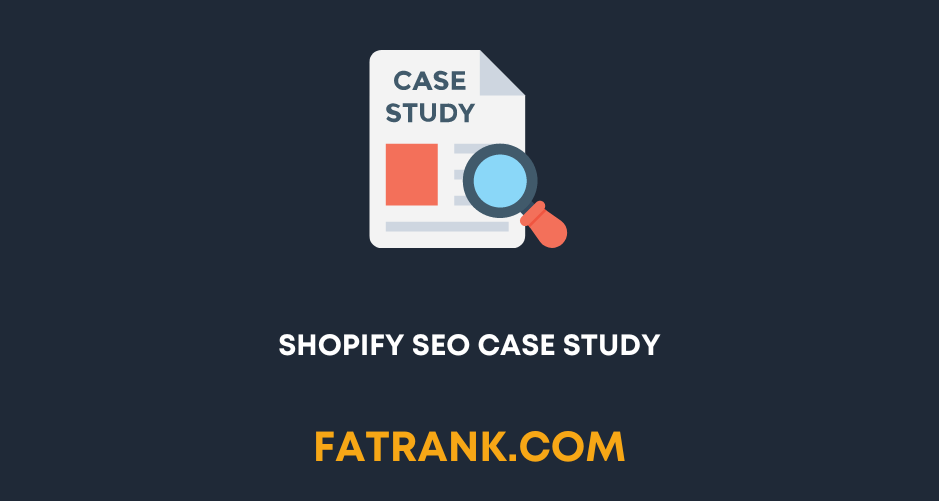
- Shopify SEO Checklist
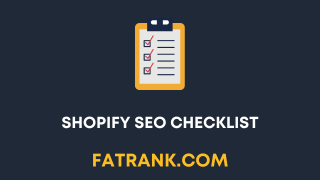
- Shopify SEO: The Definitive Guide

- Shopify Sitemap: Find & Submit Your XML Sitemap to Google
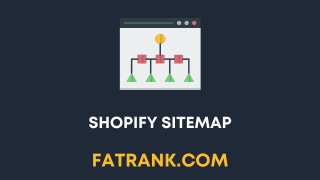
- Shopify Speed Optimization Guide
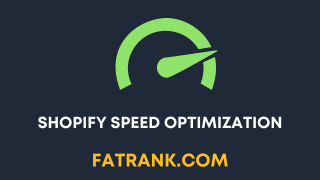
- Technical SEO for Shopify
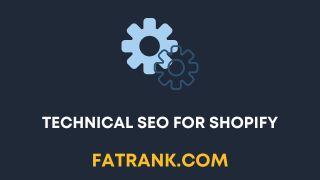
- Why Is No One Buying From My Shopify Store
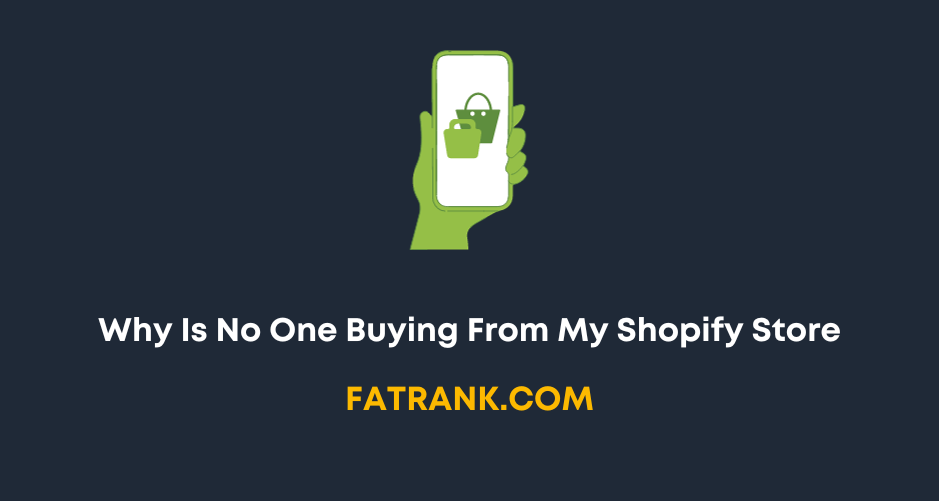
- Workarounds for the Shopify Variants Limit


About FatRank
Our aim to explain and educate from a basic level to an advanced on SEO and Social Media Marketing.
